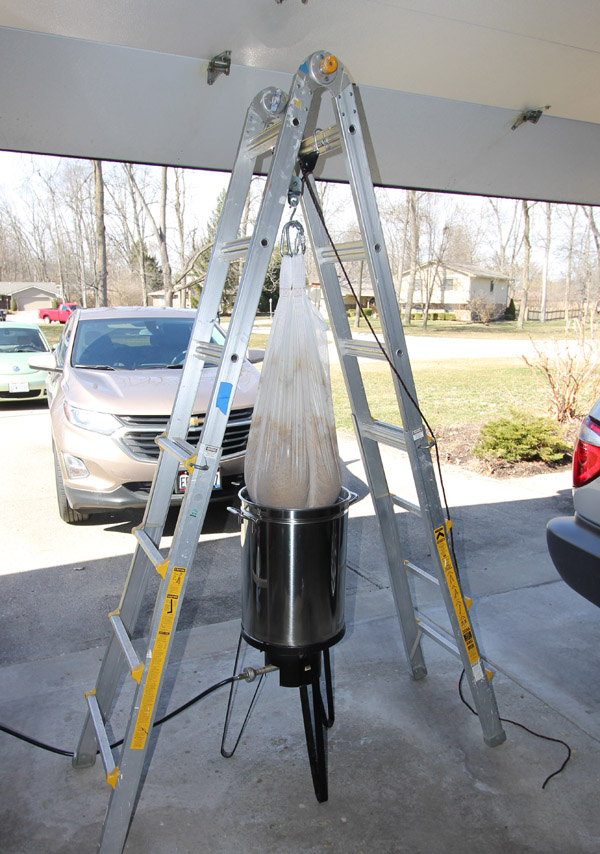Years ago, when I first got into home brewing, I started out with extract batches, but soon graduated up to all grain. Back then brew in a bag was not a thing or if it was, I didn’t know about it so I had a three tier system that I use for several years.
Life got busy though, and I took some time away from the hobby and when I started back brewing biab was popular and it seemed like a cost-effective simple step to get back into all grain so I did that for several years. Honestly, I always felt like I was cheating a bit and the efficiency was a little below what I normally got back in the day but not so much a little extra grain could make up for.
A year ago, I decided to go back to the three tier fly sparge, still had some of my old stuff, so why not see if the old days & old ways were better. Well, the efficiency went up a bit but so did the work and the amount of propane used and the hours in a brew day. The beer quality stayed about the same from my perspective. I’m going back single infusion mash biab, and yeah, I squeeze the bag. One thing I have noticed about BIAB is that if you can get your mash thickness at or above 2.5 quarts of strike water per pound of grain the efficiency is about equivalent to what I got with the three tier system.
Life got busy though, and I took some time away from the hobby and when I started back brewing biab was popular and it seemed like a cost-effective simple step to get back into all grain so I did that for several years. Honestly, I always felt like I was cheating a bit and the efficiency was a little below what I normally got back in the day but not so much a little extra grain could make up for.
A year ago, I decided to go back to the three tier fly sparge, still had some of my old stuff, so why not see if the old days & old ways were better. Well, the efficiency went up a bit but so did the work and the amount of propane used and the hours in a brew day. The beer quality stayed about the same from my perspective. I’m going back single infusion mash biab, and yeah, I squeeze the bag. One thing I have noticed about BIAB is that if you can get your mash thickness at or above 2.5 quarts of strike water per pound of grain the efficiency is about equivalent to what I got with the three tier system.


















![Craft A Brew - Safale BE-256 Yeast - Fermentis - Belgian Ale Dry Yeast - For Belgian & Strong Ales - Ingredients for Home Brewing - Beer Making Supplies - [3 Pack]](https://m.media-amazon.com/images/I/51bcKEwQmWL._SL500_.jpg)







































